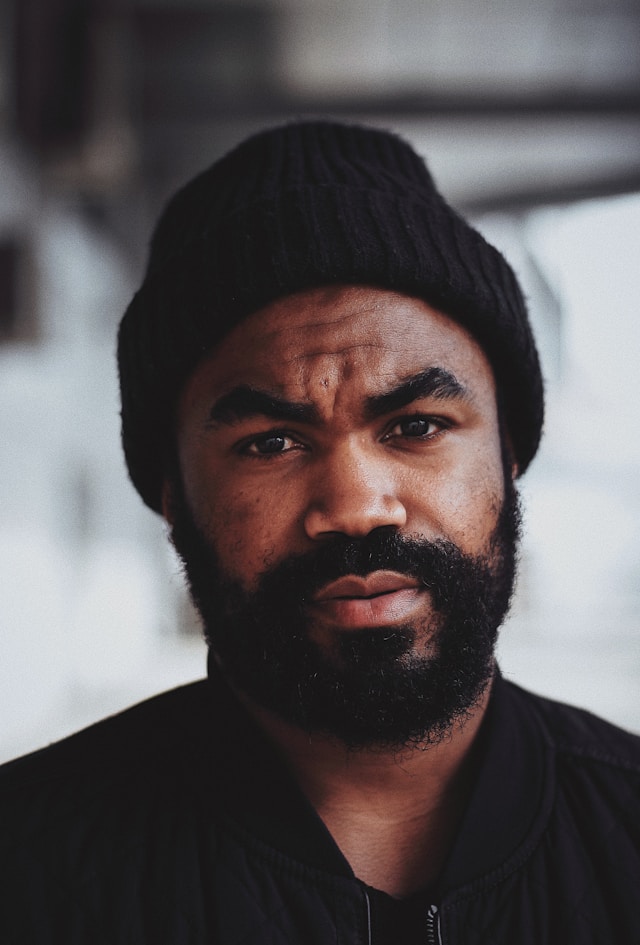Poor Things (2023) Ending Explained
tl;dr:
Poor Things (2023), directed by Yorgos Lanthimos and based on Alasdair Gray's novel, follows Bella Baxter (Emma Stone), a reanimated woman with the brain of an infant, as she embarks on a surreal journey of self-discovery. The ending sees Bella reclaiming her autonomy, rejecting societal constraints, and embracing her chaotic, liberated identity. She ultimately chooses a life of radical freedom, leaving behind the men who sought to control her. The film concludes ambiguously, suggesting Bella's story is cyclical and open-ended, mirroring the novel's themes of rebirth and defiance.
Detailed Explanation of the Ending
The finale of Poor Things is a culmination of Bella's evolution from a childlike naivety to a self-aware, fiercely independent woman. After escaping the clutches of her creator, Dr. Godwin Baxter (Willem Dafoe), and the manipulative Duncan Wedderburn (Mark Ruffalo), Bella navigates a world that oscillates between grotesque absurdity and profound beauty. By the end, she rejects the patriarchal structures that sought to define her-whether through science, romance, or societal norms. Instead, she embraces her own agency, symbolized by her final act of leaving behind her past and stepping into an uncertain future. The film's closing scenes imply that Bella's journey is perpetual, echoing the novel's themes of reinvention and resistance.
Symbolism and Themes
The ending reinforces the film's central motifs: rebirth, freedom, and subversion. Bella's resurrection-both literal (as a reanimated corpse) and metaphorical (as a woman shedding societal expectations)—mirrors the Frankenstein mythos, but with a feminist twist. Her final choice to walk away from conventional happiness (represented by Duncan's possessive love and Godwin's paternalistic control) underscores the film's critique of power dynamics. The surreal, dreamlike visuals-such as the recurring motif of distorted landscapes and bodily transformations-suggest that Bella's liberation is both personal and universal, a rejection of rigid norms in favor of fluid identity.
Unresolved Questions & Possible Answers
What happens to Bella after the film ends?
- Possibility 1: She continues her chaotic, self-determined life, never settling into societal roles.
- Possibility 2: She becomes a symbol of rebellion, inspiring others to break free.
- Possibility 3: The cyclical nature of the story implies she may "reset" and begin anew.
Did Bella ever regain her original memories (as Victoria)?
- Possibility 1: No-her new identity is entirely separate, making her transformation permanent.
- Possibility 2: Fragments remain, but she chooses to ignore them, embracing her new self.
What was the significance of the final shot?
- Possibility 1: It represents infinite possibility, with Bella forever evolving.
- Possibility 2: It's a nod to the novel's meta-narrative, where stories are never truly "finished."
Personal Opinion
Poor Things is a triumph of absurdist feminism, and its ending perfectly encapsulates Bella's defiance. While some may find the ambiguity frustrating, I loved how it refuses to neatly resolve her story-because liberation isn't a destination but a continuous act. Emma Stone's performance is electrifying, and Lanthimos's signature weirdness amplifies the story's themes without overshadowing its heart. The ending isn't just satisfying; it's exhilarating, leaving you to ponder whether true freedom means escaping narratives altogether.
Final Thoughts:
Poor Things doesn't just challenge its characters-it challenges its audience to rethink autonomy, desire, and the stories we're told about ourselves. The ending is a bold refusal of closure, much like Bella herself. Whether you see it as hopeful, unsettling, or darkly comic, it's unforgettable.
